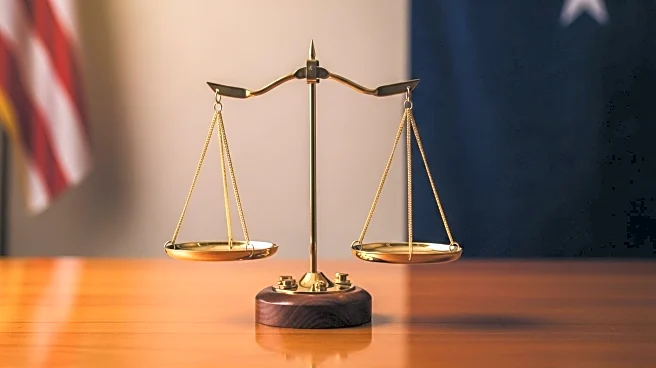What's Happening?
President Trump has issued an executive order targeting flag-burning, labeling it as 'uniquely offensive and provocative.' The order directs federal officials to prosecute individuals who burn flags, despite previous Supreme Court rulings that such actions are protected under the First Amendment. The order aims to use content-neutral laws to prosecute flag-burners, but this approach may provide defendants with a 'selective prosecution' defense. The Supreme Court has historically protected flag-burning as a form of free speech, as demonstrated in the landmark cases Texas v. Johnson and United States v. Eichman.
Why It's Important?
The executive order has reignited the debate over free speech and the symbolic value of the American flag. It challenges the balance between national unity and individual rights, potentially impacting legal interpretations of the First Amendment. The order could lead to increased flag-burning protests, as it may inadvertently provide legal defenses for those prosecuted under content-neutral laws. This development is significant for civil rights advocates and legal scholars, as it tests the limits of governmental authority in regulating symbolic speech.
What's Next?
The order may face legal challenges, as it contradicts established Supreme Court precedents. Future defendants could argue selective prosecution, complicating enforcement efforts. The Attorney General is invited to pursue litigation to clarify First Amendment exceptions, but any prosecution is likely to be contested. The Supreme Court's current conservative composition may influence future rulings, though it has historically upheld robust free speech protections.
Beyond the Headlines
The executive order highlights ongoing tensions between political symbolism and constitutional rights. It raises ethical questions about governmental power in regulating dissent and the role of symbolic acts in political discourse. Long-term implications may include shifts in public perception of free speech and national identity, as well as potential legislative efforts to amend constitutional protections.

